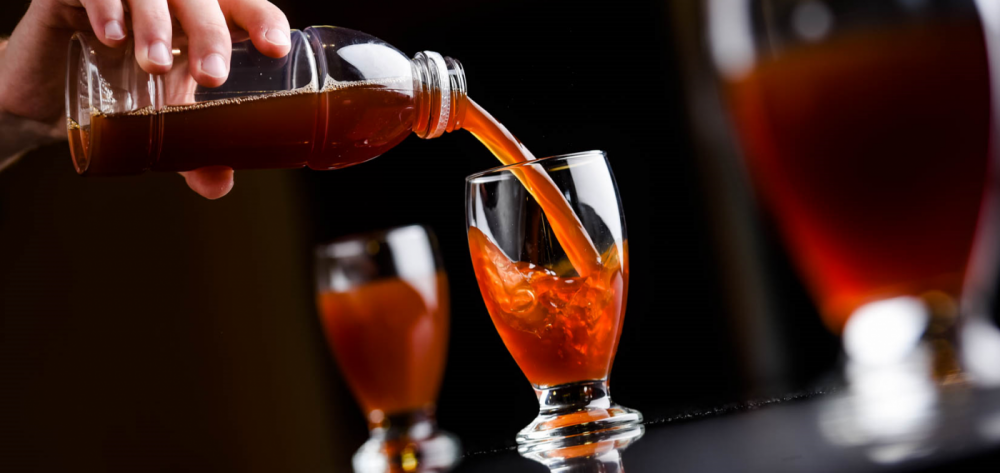Beverage Preservation 101: Part I - Tunnel Pasteurization vs. Hot Filling

Preservation methods have improved as beverage brands have pushed for new, innovative approaches to insure shelf stability of their product, and increase their competitive edge.
Common methods include:
- Tunnel Pasteurization
- Hot Filling
- Chemical Compounds
Newer and increasingly popular methods include:
- Flash Pasteurization
- Aseptic/Extended Shelf Life (ESL) Filling
- High Pressure Processing (HPP)
- Velcorin
In our three-part series, we define each method and discuss the primary advantages and disadvantages of each.
Get in Touch With a Beverage Specialist Now
PART I: Tunnel vs. Hot Fill
Tunnel Pasteurization
Tunnel pasteurization is commonly used in aluminum can and glass bottle filling. It can be used for PET bottles, but it can be costly and ineffective at prolonging shelf life. Tunnel pasteurization uses multiple stages of heating a beverage and its packaging to target temperatures. Both are held for a predetermined amount of time to ensure microorganisms (micros) are killed.
Timing and temperature is calculated based on the number of required pasteurization units (PU). One PU defined as the micro death that occurs when the beverage is held at 60°C (140°F) for one minute. Here is a commonly used PU formula: PU = t × 1.393((T − 60)/T) where T = degrees in Celsius, t = the time in minutes at which the product is held at T.
Advantages
- Beverages can potentially be labeled as “natural.” Additional requirements must be met.
- Low level of micro risk.
- Commonly used, increasing contract packer options for brands
Disadvantages
- Limitations on the amount of CO2 that can be added to the product.
- Can occasionally require additional equipment leading to additional expenses.
- Can negatively affect flavor and cause product inconsistencies
Hot Filling Process
Similar to Tunnel Pasteurization, Hot Filling uses heat to pasteurize the product. The liquid is injected into a large vat where it is heated to a high temperature and held for a short amount of time. The liquid is then filled at a high enough temperature to sterilize the interior contents of the primary packaging. Hot Filling is often found in facilities filling PET bottles, but can also be used in cans and glass bottles for beverages.
In the hot filling process, the beverage is first pasteurized and heated to a high temperature typically ranging between 190 - 203°F (or 90 - 95°C). After being held at this temperature for about 15 - 30 seconds, reducing microorganisms and preventing bacterial development, the liquid is subsequently cooled down to approximately 180 - 185°F (82 - 85°C) before it gets filled into the packaging.
Advantages
- More cost-effective than Tunnel Pasteurization
- Allows beverages to potentially be labeled as “natural,” depending on other factors.
- Produces consistent results.
Disadvantages
- It cannot be used for carbonated products due to the excessive amount of foam created when introducing CO2 to a hot product.
- Hot fill compatible PET beverage bottles are more expensive.
Check out Part II of our Beverage Preservation 101, where we explore:
- Flash Pasteurization
- Aseptic/Extended Shelf Life (ESL) Filling
- High Pressure Processing (HPP)


